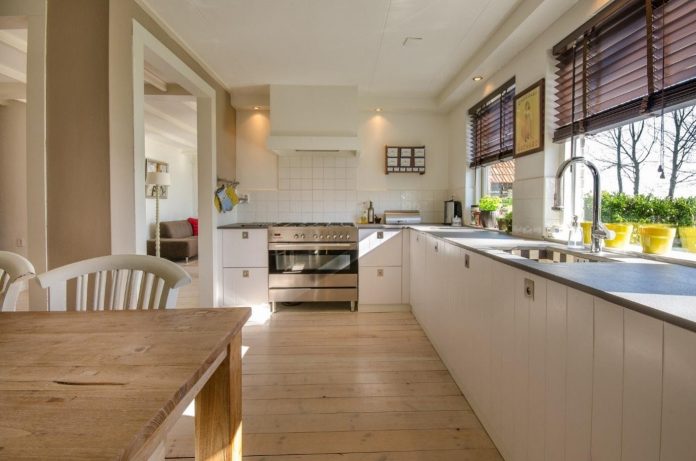You might be wondering why pets and kids are somewhat placed in the same category in this article, despite them being clearly different species, but pets and kids have more in common than what you may realize- they both love passing through open doors and nibbling on objects that they shouldn’t be putting near their mouths. They also get very excited when you come home from work.
Considering that, securing our kids at home can be similar to securing our pets. For example, if you invest in a durable aluminum fence, you’re ensuring that your active kids won’t go beyond your property when they’re playing in your lawn. Similarly, you’re also keeping your pooch from wandering too far.
That said, let’s see some more ways of keeping our dear children and pets safe and secure around the house.
- Identify the Hazards
Fall, fire, choke, and poison hazards are some of the most common safety hazards found around the house. If your kid is still too young to use the stairs by themselves, install safety guards at the bottom to keep them from attempting to climb up. Safety guards will also prevent your pets from entering your bedrooms upstairs, if you don’t like them jumping on your beds.
Fire hazards, meanwhile, are in the fireplace, kitchen, and rooms where electronics are set up. Ensure that your power strip and electrical cords are hidden, because for toddlers and pets, those are chew toys. Also hide candles, matches, and other flammables somewhere inaccessible for your children. Consider barricading your entire kitchen, too, as it is the easiest way to keep your kids far from appliances, and to stop your pet from trying to steal food.
As much as possible, avoid buying your kids cylindrical, round, and oval toys smaller than 1 inches in diameter, as they can be fatal choke hazards. Always keep other small objects, like batteries, hearing aid, and jewelry out of your kid’s and pet’s reach, too. Mind your trash cans, as well; an unsupervised puppy or child may rummage through it, so buy one with a lid that won’t come off even if it topples over.
And to eliminate the risk of poisoning, keep chemicals and medicines in raised cupboards, and stow away your cosmetic products in latch-secured drawers to keep your child from prying them out.
- Make a Child and Pet-friendly Zone
A child-friendly zone must have no safety hazards present. Other objects that shouldn’t be in there include glass and other fragile items, balloons, curtains, ropes, and blind cords. Some toys aren’t also advisable to be left with children without supervision, such as stuffed toys and crayons, because if small enough, they can be choke hazards,too
Balloons may look harmless, but when popped, it may also choke or suffocate your kid. The same with curtains, ropes, and blind cords. If a kid has too much fun with those, they may unwittingly tie them around their necks.
A pet-friendly zone, on the other hand, should have a bed, proper chew toys, and of course, no safety hazards. Put a puppy gate around it, which would also be beneficial for a kiddie zone. This will ensure that your toddler and/or pooch won’t go anywhere in case you’d be unavailable for a moment to watch over them.
- Secure Your Lawn
Aside from having a secure gate, also mend holes and gaps on the ground with chicken wires or wooden slabs. Choose plants that aren’t poisonous for pets, and keep your gardening tools securely hidden. Safeguard possible fire and water hazards, too, like a barbecue and a pond.
Most importantly, monitor your dear pets and kids closely. Their safety and security depend on your vigilance. It may be a hassle, but they grow up so quickly that you’ll barely notice it when they’re already being safe on their own.

















